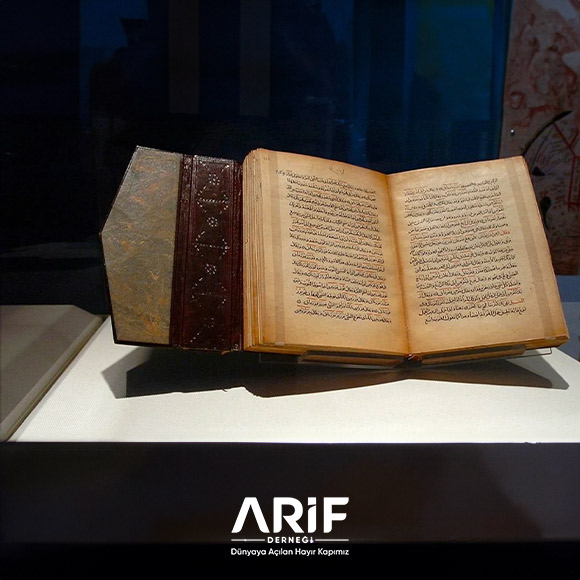Blog
The First Cultural Words In Turkish

There are many similarities between the words used in Turkish dialects and the words in Sumerian. These similarities, in terms of meaning, sound, and form, represent only a portion of the cultural similarities between the two societies.
In Turkish dialects, the word “tengri,” which means “God and sky,” and the Sumerian word “dingir,” which is also used to mean “God and sky,” show a unity or close similarity in meaning, sound, and form. This raises the question of how and where Turkish and Sumerian societies lived together or were in close proximity to each other. This important issue has been unresolved for years. In this context, the words to be examined and discussed will help in solving this issue.
Apart from words like “Dingir/Tengri,” place names and personal names should also be considered. Place names like “Ur, Urug/Uruk” seem to relate to the Turkish verb “ur-mak.” “Ur” means “seed, lineage,” while “Urug” can mean “lineage, tribe” or “constructed, built.” In the Orhun inscriptions, “urmak” means “to construct” or “to build.” The Orhun inscriptions use the word “urtım,” meaning “I built.” Additionally, the word “urugsıratmak” appears in the Orhun inscriptions, meaning “to make lineage-less, to leave without lineage,” or in a broader sense, “to leave without a home, without a hearth, without a city.” According to this, place names like “Ur, Urug” in Sumerian are of Turkish origin. Furthermore, personal names in Sumerian and Turkish also attract attention. Names such as “Kılkamış,” along with historical Turkish-Seljuk names like “Toktamış, Kutulmuş, Odgurmuş,” should not be overlooked.
In Sumerian, the words “gim, kim” are used to mean “like.” However, in Old Turkic (Orhun and Uighur Turkish), the word “teg” is used instead of “like.” Thus, the words “kimi, kimin” used in Anatolia for “like” are the same as the Sumerian “gim, kim” and share a common origin. In Sumerian, the word “igi” means “eye,” and the “z” sound used for reduplication at the end of this word, when shown as “gö-z” (meaning “eye”), indicates a connection between the two words. The Sumerian word “din,” meaning “life, soul,” also appears in Uighur Turkish as “tin, tınlı = tın-lı, tınlılar” meaning “soul, living, living beings.” Similarly, in modern Turkish, “dinlenmek” (to rest) is rooted in the same root. In Orhun and Uighur Turkish, “ab, eb” correspond to the Sumerian “eb, e,” and the word “dag” means “stone, mountain” in both languages.
Prof. Dr. Vecihe Hatipoğlu
Examples like these show that Turkish and Sumerian societies shared similar cultural elements and likely lived together or in close proximity in the same geographic areas. In other words, the Turkish people have likely existed since the time of the Sumerians or have lived in the same areas where the Sumerians once lived. This strengthens the thesis that the Turks lived in Anatolia even earlier.
